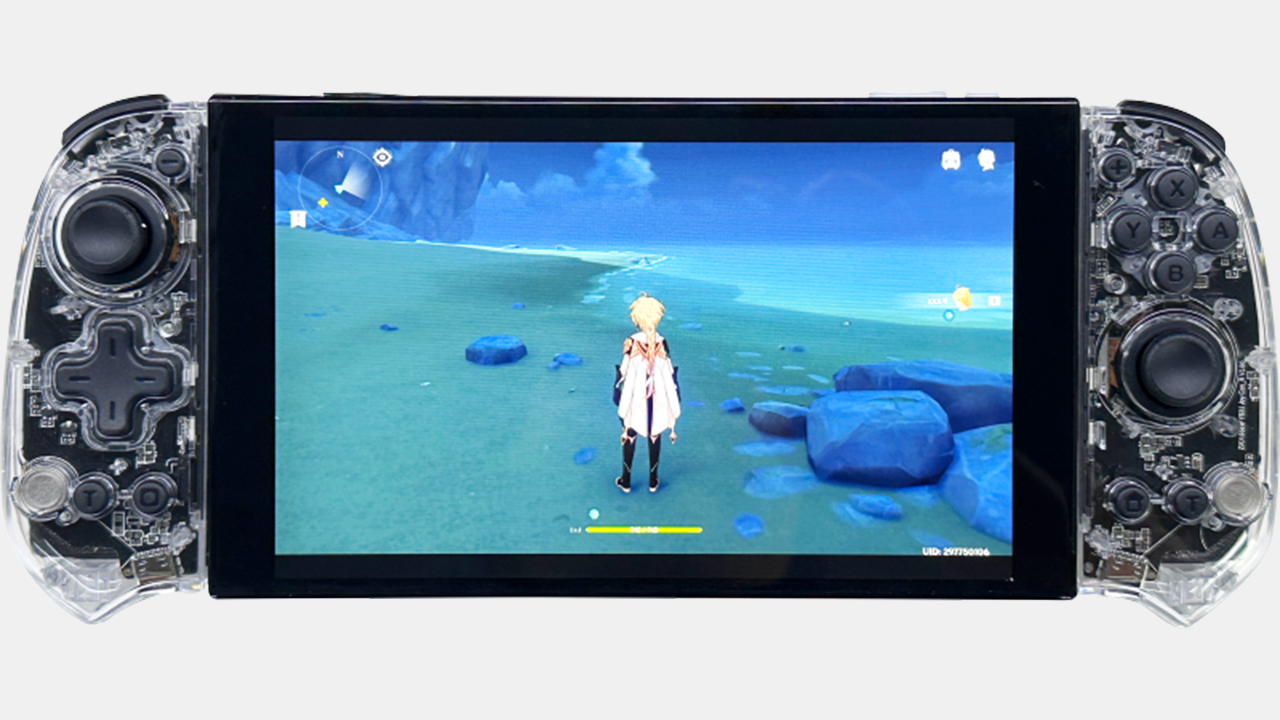World's first RISC-V handheld gaming system announced — retro gaming platform uses Linux

RISC-V-based processors have been making inroads into a wide range of applications, from tiny microcontrollers to data center processors. However, RISC-V hasn't been used for many consumer or gaming devices (except, perhaps, in the form of the microcontrollers mentioned above). Sipeed is a Chinese company trying to change that with its Lichee Pocket 4A console, one of the industry's first RISC-V-based handhelds, targeting mobile gaming.
Sipeed officially positions the Lichee Pocket 4A as a "RISC-V Debian+Android RetroGame platform." As the name suggests, it's designed to run simplistic retro games using GPU acceleration or even software rendering. The unit uses the LM4A system-on-module based on Alibaba's T-Head TH1520 RISC-V processor. It packs four RISC-V Xuantie C910 general-purpose cores running at 2.50 GHz and an unknown Imagination GPU.
The system-on-chip was originally designed for laptops, so it should be moderately powerful — at least powerful enough to run simple retro games. The device can run Google's Android or Debian operating systems and should potentially support the majority of games for those OSes. Meanwhile, it's unclear how many true retro games (which were developed, say, for DOS) can run on these platforms.
The Sipeed RetroGame platform can be equipped with a 7-inch 1280x800 LCD touchscreen, 8 or 16 GB of LPDDR4X memory, and 32GB or 128GB of eMMC storage. It also has Wi-Fi + Bluetooth 5.4 wireless connectivity and a plethora of wired connectors (USB 3.0, USB 3.0 Type-C, GbE, and a 3.5-mm headphone jack). The unit weighs 490 grams, which is significantly below the weight of Valve's Steam Deck, though much of the difference likely stems from the cooling and battery used on the Steam Deck.
Lichee Pocket is a 4A RetroGame platform that is available for pre-order, yet its price is unclear. Meanwhile, a laptop-like Sipeed Lichee Console 4A RISCV Handheld Linux Terminal costs $252 at AliExpress. We'll have to see if there's much interest in the platform, how it manages gaming, and what sort of battery life it delivers.
Get Tom's Hardware's best news and in-depth reviews, straight to your inbox.

Anton Shilov is a contributing writer at Tom’s Hardware. Over the past couple of decades, he has covered everything from CPUs and GPUs to supercomputers and from modern process technologies and latest fab tools to high-tech industry trends.
-
-Fran- Well, the fact they're using Genshin as part of their marketing, they know exactly the audience they're targetting.Reply
Thing is, RISC-V is not ARM (ISA-wise), so I'll be curious to see how they'll make games run in it. Even if both run Android. Does RISC-V even run Android?
Regards. -
JamesJones44 Reply-Fran- said:Thing is, RISC-V is not ARM (ISA-wise), so I'll be curious to see how they'll make games run in it. Even if both run Android. Does RISC-V even run Android?
Yes, Android recently added support for RISC-V. Several Linux kernels support RISC-V these day's and several programing languages as well, C/C++, Rust, GoLang, Java and Python being the most notable. .NET (C#/VB/etc.) is in the process of adding RISC-V support. -
hotaru251 translucent plastic shell is S tier.Reply
I personally grew up in 90's & gbc, n64, memory cards, ps1 controllers, etc all had them and they were great being able to see the insides of the device.